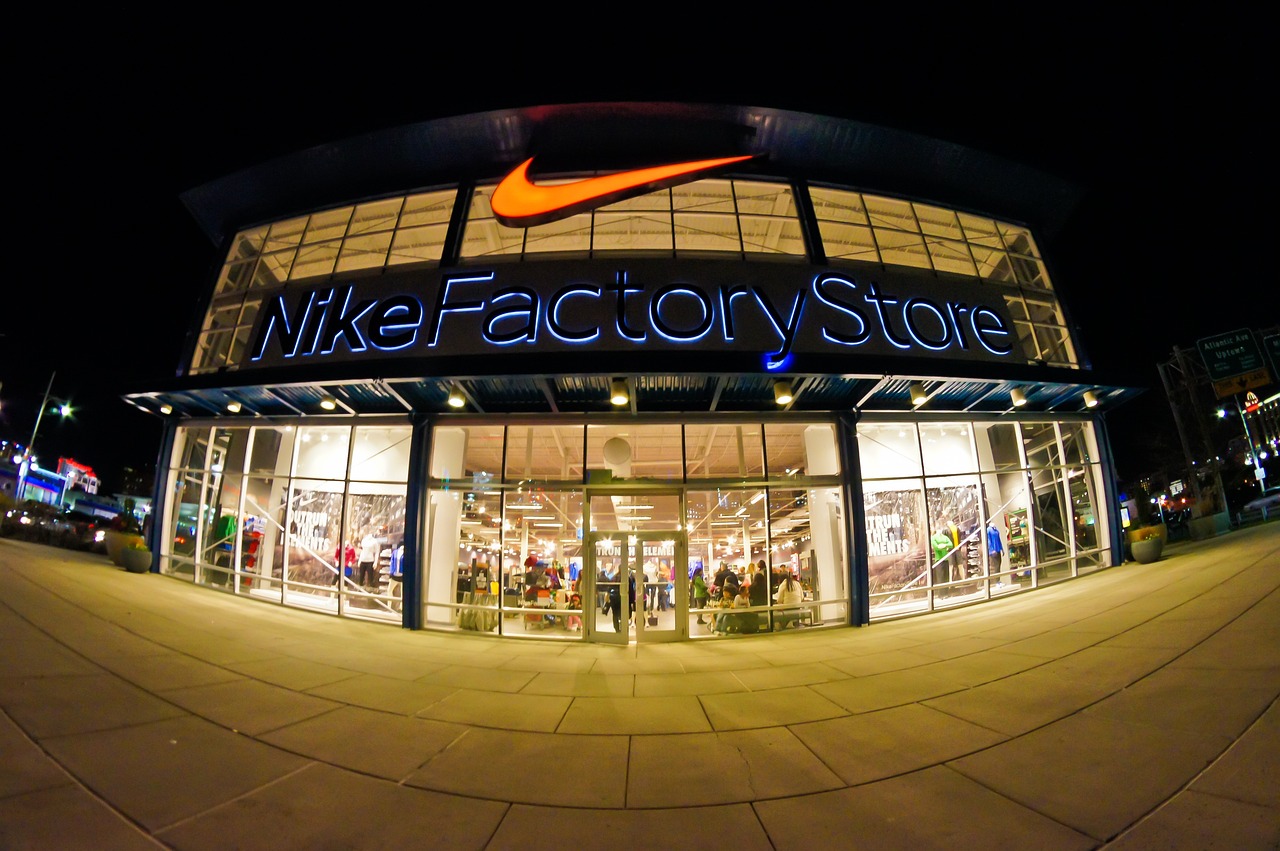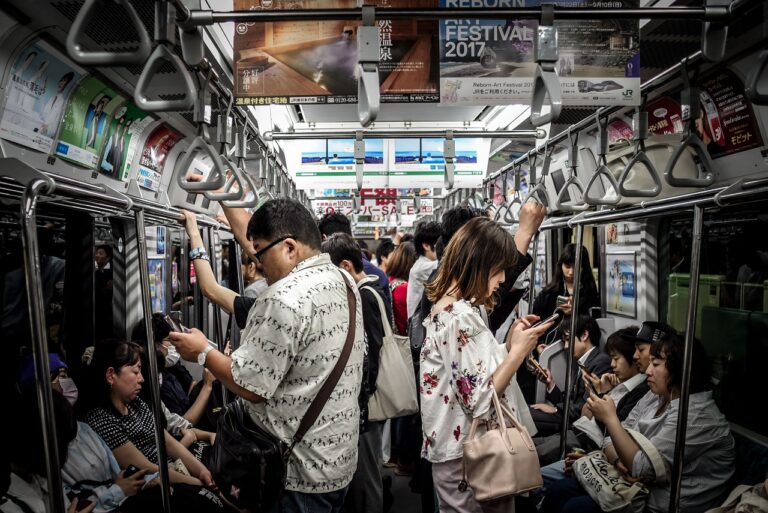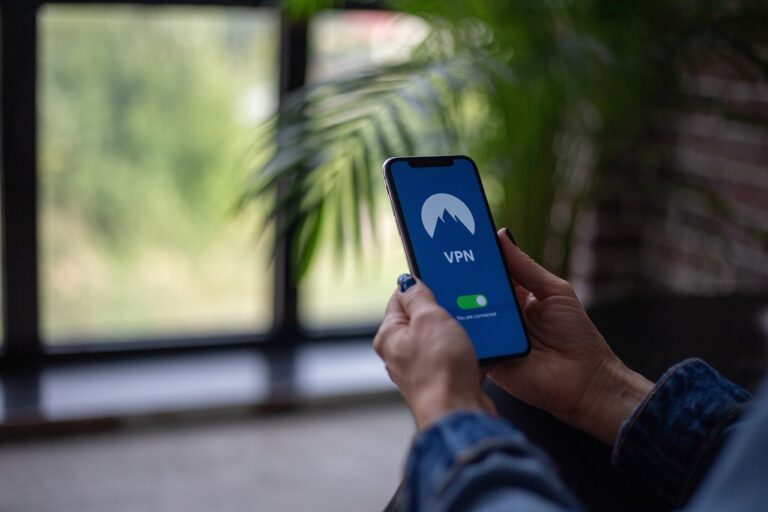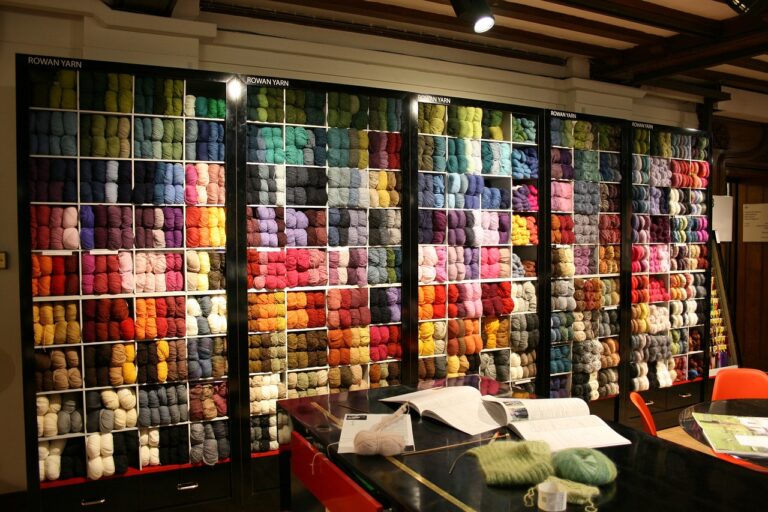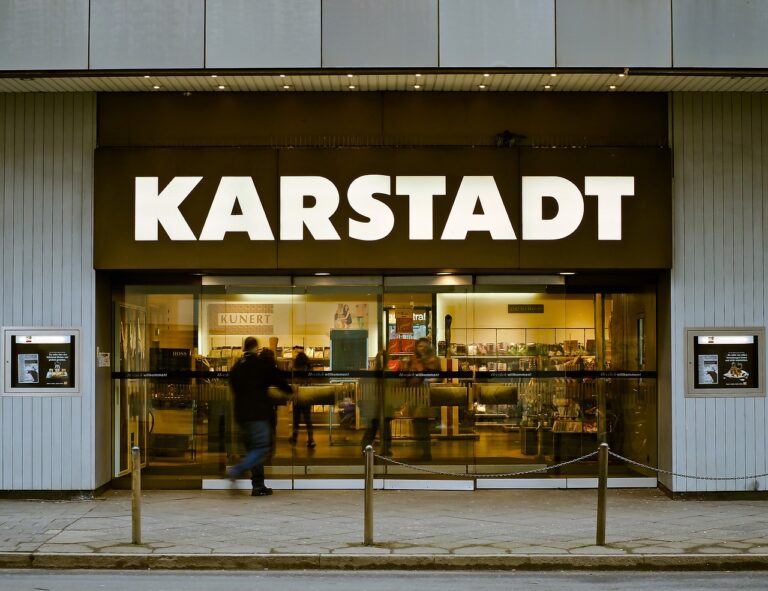The Evolution of In-Store Technology: Enhancing the Shopping Experience
In today’s fast-paced retail environment, staying ahead of the competition requires more than just offering great products at competitive prices. Retailers must continuously innovate and adapt to meet the ever-changing needs and preferences of consumers. One area where this is particularly evident is in the evolution of in-store technology. From self-checkout kiosks to interactive displays, retailers are leveraging the power of technology to create a more personalized and engaging shopping experience for their customers.
The Rise of In-Store Technology
Over the past decade, there has been a significant shift in how consumers shop. With the rise of e-commerce giants like Amazon, traditional brick-and-mortar retailers have had to find new ways to attract and retain customers. One of the key strategies that many retailers have adopted is the integration of technology into their physical stores. This has led to the development of a wide range of in-store technologies designed to enhance the shopping experience and drive sales.
Self-Checkout Kiosks
One of the most visible forms of in-store technology is the self-checkout kiosk. These automated machines allow customers to scan and pay for their items without the need for a cashier. Not only do self-checkout kiosks help reduce wait times at the checkout counter, but they also give customers more control over their shopping experience. Additionally, self-checkout kiosks can help retailers cut costs by reducing the need for manned checkout lanes.
Interactive Displays
Another popular form of in-store technology is interactive displays. These digital screens can be used to provide product information, offer personalized recommendations, and even facilitate virtual try-on experiences. Interactive displays not only create a more engaging shopping environment but also help customers make more informed purchasing decisions. Retailers can use these displays to showcase their products in a visually appealing way and highlight key features and benefits.
Mobile Point of Sale
Mobile point of sale (mPOS) systems are another technology that is revolutionizing the retail industry. These handheld devices allow store associates to process transactions from anywhere in the store, eliminating the need for customers to wait in line at a traditional checkout counter. mPOS systems can also be used to access real-time inventory information, check product availability, and even place orders for out-of-stock items. By equipping their staff with mobile devices, retailers can provide a more personalized and efficient shopping experience for their customers.
Augmented Reality
Augmented reality (AR) is a technology that superimposes digital information onto the physical world. In the retail industry, AR can be used to create immersive shopping experiences for customers. For example, customers can use AR apps to visualize how furniture would look in their homes or try on virtual clothing items. By integrating AR into their stores, retailers can provide a unique and interactive shopping experience that sets them apart from the competition.
IoT and Beacons
The Internet of Things (IoT) and beacon technology are also playing a key role in the evolution of in-store technology. IoT devices such as smart shelves and sensors can track inventory levels in real-time, helping retailers optimize their supply chain and prevent stockouts. Beacons, on the other hand, use Bluetooth technology to communicate with customers’ smartphones and deliver personalized promotions and offers based on their location within the store. By leveraging these technologies, retailers can create a more seamless and personalized shopping experience for their customers.
Personalization and Customer Insights
One of the biggest advantages of in-store technology is its ability to collect valuable customer data that can be used to personalize the shopping experience. By tracking customer preferences, purchase history, and behavior, retailers can create personalized product recommendations and targeted promotions. This not only makes the shopping experience more convenient for customers but also helps drive sales and build customer loyalty.
Challenges and Considerations
While in-store technology offers many benefits, there are also challenges and considerations that retailers must take into account. One of the biggest challenges is ensuring that the technology is user-friendly and intuitive for customers. If the technology is too complex or difficult to use, it can have the opposite effect and drive customers away. Additionally, retailers must also consider factors such as data privacy, security, and compliance when implementing in-store technology.
The Future of In-Store Technology
As technology continues to evolve at a rapid pace, the future of in-store technology looks bright. Retailers are constantly exploring new ways to integrate cutting-edge technologies such as artificial intelligence, virtual reality, and robotic assistants into their stores. By staying at the forefront of technology trends and prioritizing the customer experience, retailers can create a shopping environment that is both engaging and efficient.
Conclusion
The evolution of in-store technology is reshaping the retail industry and revolutionizing the way we shop. By leveraging the power of technology, retailers can create a more personalized and interactive shopping experience for their customers. From self-checkout kiosks to augmented reality, in-store technology is transforming the retail landscape and providing new opportunities for growth and innovation.
FAQs
Q: What are some examples of in-store technology that retailers are using?
A: Some examples of in-store technology include self-checkout kiosks, interactive displays, mobile point of sale systems, augmented reality, IoT devices, and beacons.
Q: How does in-store technology enhance the shopping experience for customers?
A: In-store technology enhances the shopping experience by providing customers with personalized product recommendations, interactive displays, self-checkout options, and access to real-time inventory information.
Q: What are some challenges that retailers face when implementing in-store technology?
A: Some of the challenges include ensuring that the technology is user-friendly, addressing data privacy and security concerns, and complying with regulations related to technology usage.
Q: What is the future of in-store technology in the retail industry?
A: The future of in-store technology looks promising, with retailers exploring the use of artificial intelligence, virtual reality, and robotic assistants to create a more engaging and efficient shopping experience for customers.

